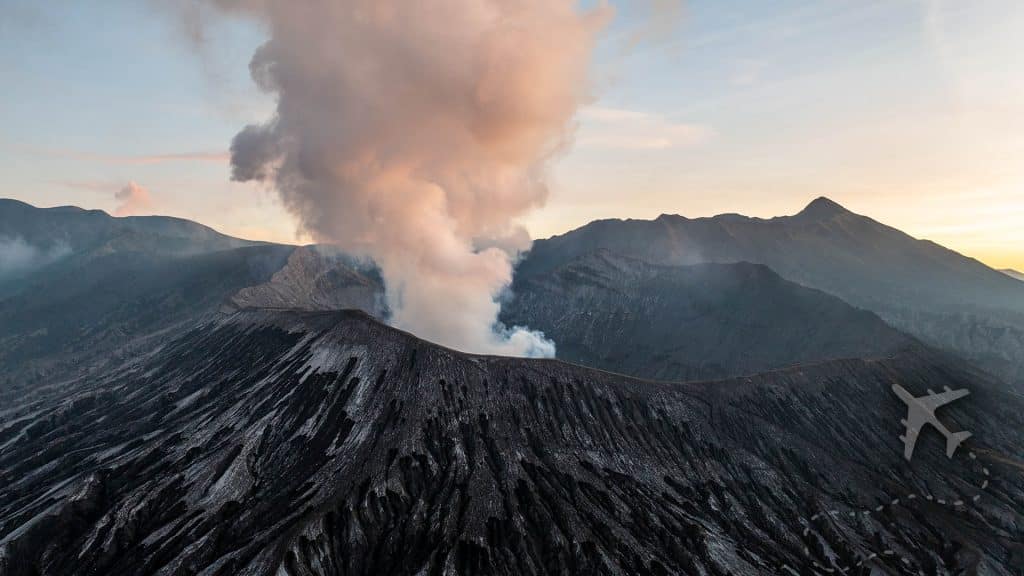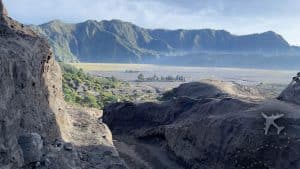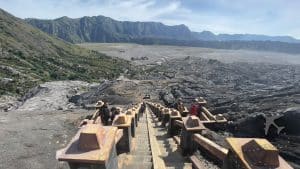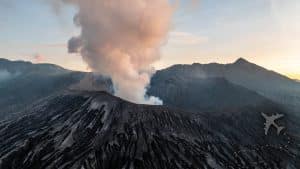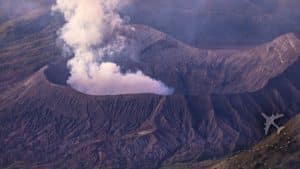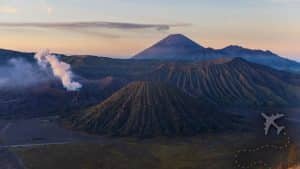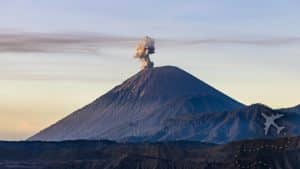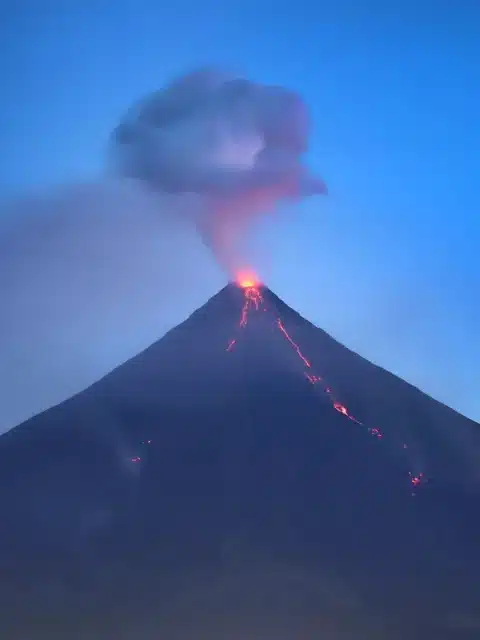Bromo Tengger Semeru: A Volcanic Adventure in Indonesia
Embark on an extraordinary journey to Bromo Tengger Semeru National Park and immerse yourself in the breathtaking vistas, towering volcanoes, and ethereal beauty of one of Indonesia’s most iconic destinations!
Visitors should trek to Bromo Tengger Semeru National Park in Indonesia for an unforgettable adventure filled with mesmerizing landscapes, thrilling volcanic experiences, and vibrant cultural heritage. The park, spanning over 800 square kilometers, showcases the volcanic beauty that Indonesia is known for.
The primary attraction is the majestic Mount Bromo. Rising to an elevation of 2,329 meters, Bromo boasts a breathtaking crater surrounded by the vast expanse of volcanic sands known as the Sea of Sand. By hiking to the crater rim, visitors can experience the awe-inspiring sunrise views that paint the entire landscape in golden hues, creating a surreal and captivating sight.
Another thrilling adventure at Bromo Tengger Semeru National Park is the opportunity to conquer Mount Semeru, the highest peak in Java. With frequent eruptions, this active volcano presents an exciting challenge for the most adventurous visitors. Scaling its summit rewards trekkers with panoramic vistas of the surrounding mountains and the mesmerizing display of smoke and ash emerging from the crater.
Beyond the volcanoes, the park offers diverse ecosystems waiting to be explored. From lush valleys to cascading waterfalls and vibrant savannahs, nature enthusiasts will find ample opportunities for discovery and immersion. In addition, the park’s rich biodiversity provides a chance to encounter unique flora and fauna, adding to the allure of the visit.
Lastly, Bromo Tengger Semeru National Park offers a cultural dimension that enriches the visitor experience. The Tengger people, an indigenous group, deeply connected with the park and the area’s traditions. Witnessing the annual Yadnya Kasada festival, where locals make offerings to the gods by throwing symbolic items into the crater of Mount Bromo, allows visitors to appreciate the harmony between nature and the local community, adding depth and cultural significance to their journey.
Through the viewfinder
Bromo Tengger Semeru National Park Uncensored
If you look at the park from the macro-view, it is quite large. It encompasses a substantial geographic portion of Eastern Java. However, the national park has only a few entrances, so most visitors begin their adventure from Malang. If you’re looking to spend more time exploring and less driving, there are numerous hotels inside the national park on the rim of the crater. If you’re strategic with your hotel choices, you can book a hotel overlooking Bromo, allowing you to relax and appreciate the breathtaking scenery of this fantastic destination.
The most notable icons of the national park are the pair of active volcanos: Mount Bromo and Mount Semeru. Both are active volcanos with dangerous and deadly eruptive histories.

Use common sense when hiking an erupting volcano. In 2004, two people were killed by an explosive eruption at Bromo.
The Bromo Tengger Semeru National Park in Indonesia offers visitors a thrilling and immersive adventure for nature enthusiasts and adventure seekers.
Frequently Asked Questions
Most tour operators have trips starting in Malang, which is a few hours drive from the closest park entrance.
Overall, the Bromo Tengger Semeru National Park is safe to explore. Visitors should take the usual precautions when hiking; however, the unpredictability of volcanoes dictates that all visitors should heed all warnings when exploring Bromo or Semeru.
Since 1804, Bromo has erupted 55 times. The last significant eruption was in 2004 when two people were killed by rock from the explosive eruption. Bromo is known for its regular, mostly ongoing white-to-gray gas and steam emissions. Bromo’s eruption cycle repeats every few years to a decade.
Since the first recorded eruption in 1818, there have been numerous deadly eruptions of Semeru, as recently as 2021. Semeru’s eruptive history is sporadic; however, it does so with violent and destructive forces when it does erupt.
It is estimated that the Tengger Volcano stood 4,500m tall and collapsed 670,000 years ago. The resulting collapse left a giant crater that is now home to Bromo and the Sea of Sand.
The rim of Bromo is 2,329 meters (7,641 feet) above sea level. As a result, the area’s ambient temperature is significantly cooler, with the rim of Bromo averaging 5-15C (40-60F) at sunrise and 15-25C (60-80F) during the afternoon.
The rim of Semeru is 3,676 meters (12,060 feet) above sea level. As a result, the area’s ambient temperature is significantly cooler, with the rim of Semeru averaging 0-10C (32-50F) at sunrise and 10-20C (50-70F) during the afternoon.
Hiking Bromo is an easy hike that begins with a 20-30 minute walk from the parking area to the foot of Bromo. The terrain is sandy and is mostly flat; once you reach Bromo, a modest incline greets you, where you’ll spend 20-30 minutes hiking to a paved plateau. The plateau is a great place to rest as the final ascent takes 15-20 minutes on concrete stairs at an aggressive incline that takes you to Bromo’s rim.
Everything you need to know before you visit the Bromo Tengger Semeru National Park
CURRENT WEATHER
overcast clouds
AIR QUALITY
Good
GPS COORDINATIONS
-7.9437, 112.9526
HIGH SEASON (MOST EXPENSIVE)
July – August
December – January
LOW SEASON (LEAST EXPENSIVE)
February – June
September – November
Bromo Tengger Semeru National Park
Pros
- The national park is very large and you'll need a few days to explore it all.
Cons
- The volcanoes are active and can erupt at any time.


